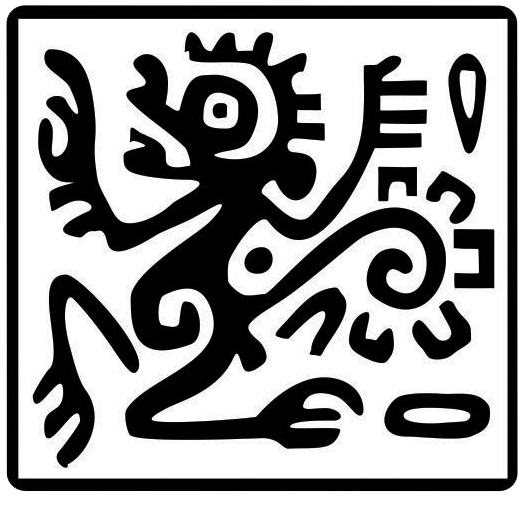Reviewers guidelines
This is a brief guideline for reviewers. THERYA NOTES uses a peer review publication in order to reach high standardized review process of the received notes. THERYA NOTES depends on high quality reviews in order to maintain the accuracy and quality of its content.
Tutorial
You can watch a video with a brief description about the process to "Review a scientific note" (Spanish subtitles available) in the Open Journal Systems (OJS).
Note: When submitting your review, please make your review in the box marked "For Authors and Editors".
If you consider it convenient, you can also upload a document with modifications and comments for the authors.
Confidentiality
Its necessary to maintain confidentiality of ideas that have been presented in the papers which you review. Focus your evaluation on merits and demerits of the note content in your confidential remarks to the Editor. Never reveal the assigned paper's results or any of the supplementary material to non-reviewers.
Your identity should never be revealed out to the authors at any time either during the process of review or after its publication.
Please make sure that the marks in the document, as well as your comments, do not contain your name.
Ideally, you should also make sure to remove your name from the document's metadata, through the document properties in your word processor.
Note: You can see a guide to removing "Personal Information from Microsoft Office files" here.
To help us secure your identity, please don't disclose your name inside the content of your review.
Review
Be mindful when you submit your review that any suggestions you make will contribute to the last choice made by the editor.
Originality
Is the note sufficiently novel and interesting to warrant publication?
Does it augment the ordinance of information?
Does the note stick to the journal's standards?
Is the research an important one?
You may wish to do a quick literary works seek utilizing devices for example Scopus to see if there are any reviews of the area. Depending on if the research has been secured a while ago, pass on references of those works to the editor.
Structure
Is the note decidedly laid out?
It is safe to say that all are the key elements present: abstract, introduction, methodology, results, conclusions?
Think about every component in turn.
Title
Does it clearly describe the note?
Abstract
Does it reflect the content of the note?
Introduction
Does it describe what the author had a specific end goal, which was to realize precisely, and obviously state the situation being explored? Normally, the introduction may as well compress relevant research to provide context, and illustrate what different authors findings, if any, are being challenged or amplified. It might as well describe the experiment, the hypothesis and the general experimental design or technique.
Method
Does the author precisely explain how the information was gathered?
Is the outline suitable for addressing the question posed? Is there sufficient qualified data display for you to replicate the research?
Does the note identify the procedures followed?
Are these ordered in a meaningful way?
Provided that the methods are new, is it true that they are illustrated in detail? Have the equipment and materials been adequately described? Does the note make it clear what sort of information was recorded.
Has the writer been precise in describing measurements?
Results
This is where the author(s) might as well illustrate in expressions what he/she/they revealed in the research. It should be clearly laid out and in a logical sequence. You will recognize if the suitable analysis has been done.
Are the statistics right? In the event that you are not agreeable with statistics, please prompt the editor when you submit your report. Understanding of outcomes may as well not be incorporated in this section.
Conclusion/Discussion
Are the cases in this segment backed by the outcomes, do they appear sensible? Have the authors has shown how the results identify with wants and to earlier research? Does the conclusion clearly explains how the research showed it impact in moving the scientific knowledge forward?
Language
Provided that an note is inadequately composed because of grammatical errors, while it might make it more challenging to grasp the science, you don't have to correct the English. You should bring this to the attention of the associated editor, however. At last, when considering the entire note, do the figures and tables advise the reader, are they a vital part of the story? Do the figures depict the information correctly?
Earlier Research
Provided that the note expands past research does it refer that work suitably?
Are the references correct?
Ethical Issues
- The reviewer should give an honest and exact analysis of the research. The main role of the reviewers is to analyze the merits and the demerits and to provide necessary suggestions in order to increase the quality of the work.
- The reviewer of paper should not review the manuscript that is co-authored by himself, or a member of his/her institution or to someone to whom he is related.
- After receiving the paper for any further assistance or clarifications you need to contact only the editor and the confidentiality of the paper has to be maintained. You must never ask anyone to review a portion of paper without editor's permission and also must never contact the author of the paper directly.
- If the conduct of the reviewer seems to be mischievous then the manuscript will be assigned to second reviewer.
- The reviewer should accept the manuscripts which fall into his/her area of expertise. Anyhow the editors will assign it to concerned reviewers yet sometimes a mistake may happen. This is because in order to maintain high standards of the review process.
- The reviewer can also inform the editor regarding suspected duplicate publication, plagiarism, or any ethical concerns about the use of animals or humans in the research that has be done by author.









